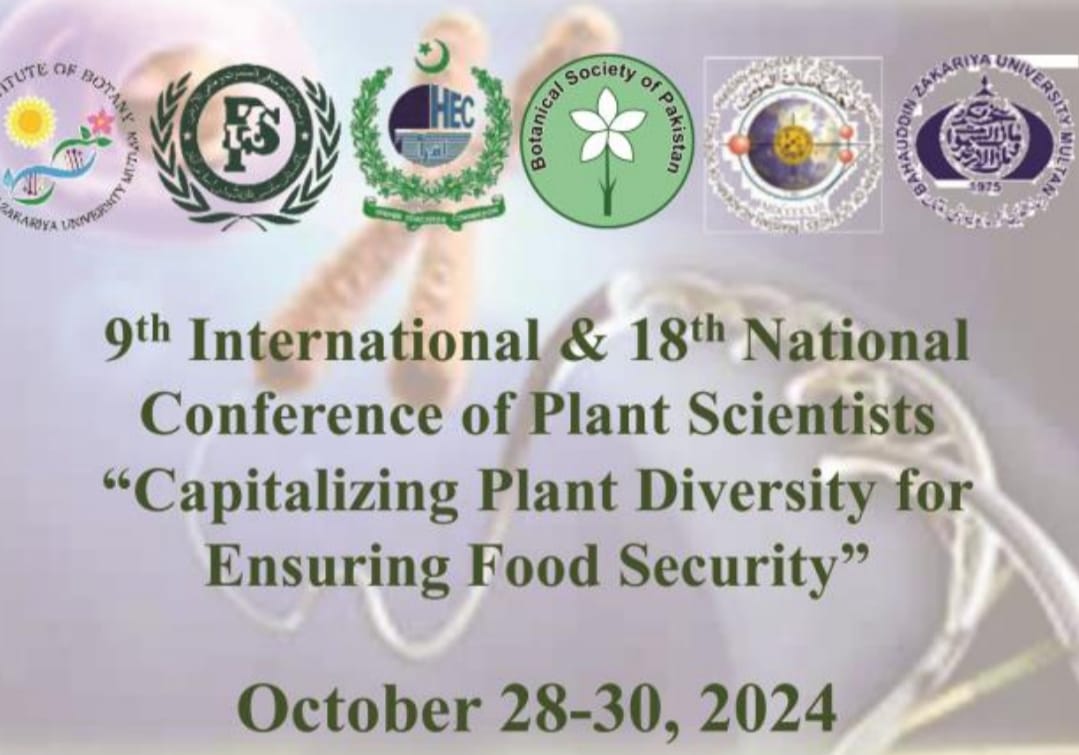
PJB-2016-13
EFFECTS OF SALICYLIC ACID ON THE GROWTH AND PHYSIOLOGICAL CHARACTERISTICS IN CYCLOCARYA PALIURUS SEEDLINGS
YINFENG XIE*, NAN GUO, YINGYING ZHANG, NANA LIU, TAO WANG, WANXIANG YANG AND SHENGZUO FANG
Abstract
Field studies were conducted to examine the effects of salicylic acid (SA) on the growth and physiological characteristics of Cyclocarya paliurus seedlings by spraying the foliage with 0.0 (control), 0.2, 1.0, and 2.0 mM salicylic acid (SA). Proper concentrations of SA improved the relative growth yield of seedling stems and the soluble protein and sugar content of the leaves. It also increased the content of secondary metabolites including triterpenoids, flavonoids, quercetin and kaempferol, mineral elements K, Ca, Mg, Mn, Fe and Cu. Moreover, it stimulated the activities of superoxide dismutase (SOD), peroxidase (POX) and phenylalanine ammonia-lyase (PAL) in the leaves. The effects of SA on these indices were dose dependent. The relative growth of seedling stem diameter and quercetin content increased gradually with an increase in concentration of SA from 0.0-2.0 mM. A concentration of 0.2 mM was optimal to promote content of soluble protein, sugars, Ca, Mg, Mn, Fe, and Cu, and SOD activity and significanty increased by 38.6%, 22.1%, 17.7%, 8.2%, 20.3%, 23.2%, 15.6%, and 52.4%, respectively, as compared with the control (CK). However, the maximal increase in activities of PAL, POX, and content of triterpenoids, kaempferol, and flavonoids was attained at 1.0 mM treatment, which significantly increased by 76.5%, 78.4%, 76.4%, 96.3%, and 107.4%, respectively, compared with CK. Correlation analysis revealed positive relationships between activities of PAL, POX and content of triterpenoids, quercetin, kaempferol, and flavonoids within a certain concentration range of SA. These results suggested that an appropriate concentration (0.2-1.0 mM) of SA was not only effective in the improvement of physiological function of C. paliurus, but also increased seedling resistance; additionally, it helped to stimulate the synthesis of medicinal components in leaves.
To Cite this article:
Download PDF


